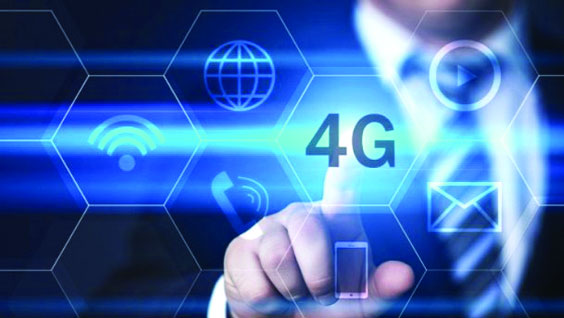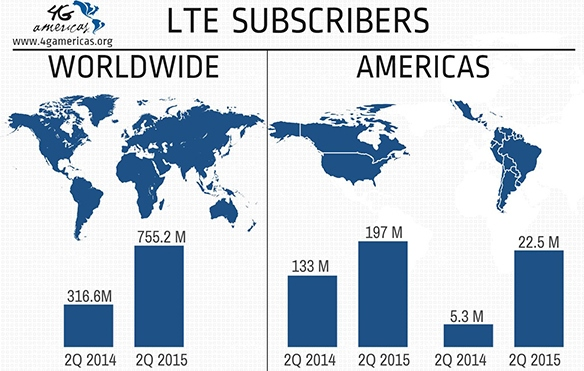Telecommunication in the world
Telecommunication in the world
Fourji is a short form of Fourth Generation or fourth generation. It is used to describe fourth-generation wireless telecommunications technology. This is the successor of the third-generation (3G) telecommunications technology. Mobile Broadband Mobile Ultra provides broadband internet services in mobile technology laptops, smartphones or other mobile devices. Among the benefits available at Forsi network are improved mobile web services, IP telephony, gaming services, HDTV, high-definition mobile TV, video conference, three-dimensional television and cloud computing.
There are different possibilities for mobile telecommunication in Bangladesh: What is InternetLiteE? Speaking very plainly, LTE is a technology of FourG or fourth-generation mobile phone network. English is through LTE - long-term evolution, its full name is THRIPPP long term evolution (3hch Khurdhum unbearable). On the other hand, like mobile technology, mobile technology is basically a good idea to drive. International organizations fix that standard, and according to that, everybody produces the product. Otherwise, one will not work properly with one other. Creating LTE standard value is a team called the THREEIPPP or Third Generation Partnership Project, which is working for the Universal Mobile Telecommunications System (TGNUMS). From here onwards its name is - THERGPIP UMTS LTE. Many terms have come, right? Again there is a
image source
3G word with the 3GPP. We were talking about Forsi, how did THROGY come again! This UMSSE made 3G standard for GSM networks; And now they are working for LTE. If they are not very technical, they can be a little confusing. But for the general public, it would be understandable that a team called LPIPP is making the theme of the LTE and we will call him LTO short. But the problem with this LTE was that, its standard is not yet finalized. It can be called a living standard. This means that it will continue to change, enhance and revise in the next few years. As it is not standard yet.
In 2006, the first mobile WiMAX in South Korea and Oslo in Norway in 2009 and the first long term Evolution or LTE service in Stockholm in Sweden. However, there are debates on whether these basic versions of Foregees can be claimed as botanical force, the main reason behind this is some of the necessary rules of IMT Advanced. In the United States, Sprint Nextel established a mobile WiMAX network in 2008 and Metropolis launched the first LTE service in 2010. Wireless USB modem was available from the beginning, but WiMAX smartphones have been available since 2010 and LTE smartphone since 2011. But the European market is currently locked for WiMax smartphone sales. Though mobile phones are not available on mobile phones in Bangladesh, some Internet service providers claim that they provide WiMax internet services, although they are suspected.
In March 2008, the wireless communications sector of IUT-and International Telecommunication Union introduced a framework for the necessary contents of the Forgeee. They form a speed of 1 Gigabit per second for 100 Mbps and low-speed communication per second for high-speed communication. Since the first release of mobile WiMAX and LTE, the services that offer less speed than one Gigabit per second, according to IUT-R's policy, they can not be called Forsi service, although service providers market them as FourG services. Mobile supports WiMAX release 2 and LTE-Advanced IMT-Advanced content and it is also possible to provide one Gigabit-speed service per second. Although the previous generations support circuit switching, circuit-switched telephony, FourGi does not do it. However, it supports all the Internet protocol services such as: IP telephony. It is expected that the next generation of network technologies will be better and better than previous generation technologies. In many countries, GSM, UMTS and LTE networks are still running simultaneously.
Naming different generations of telecommunication technology mainly refers to some technical changes in telecommunications services, such as new types of transfer technology, higher peak data rates, new frequency bands, more storage capacity for transit information, etc. It can be seen that the telecommunication generation changes after almost ten years. This process began in 1981, from analogue (Wanji) to 1992, with the change in digital (2G) transfer technology and this process continues, through which 3G comes in 2001, 3G multi-media support, spread spectrum transfer and at least 200 kilobit / s pick data rate . Then came the 2011-2012 original mobile, which supports the All-Internet Protocol based packet switched network, which gives the user ultra broadband Internet access.
Although ITU imposes certain conditions for the technologies used in the future, they do not work for their improvement. Rather, some other organizations such as IEEE, The Omeks Forum and THRIPPP do all these work. In the mid-1990s, IITs released ITU-R


Boost Your Post. Send 0.100 STEEM or SBD and your post url on memo and we will resteem your post on 5000+ followers. ( Also if you send 0.300 SBD or steem you will be restmmed over 15000+ followers - additional resteem from thous accounts funaddaa and gordonramsay ) check our account to see the follower count.